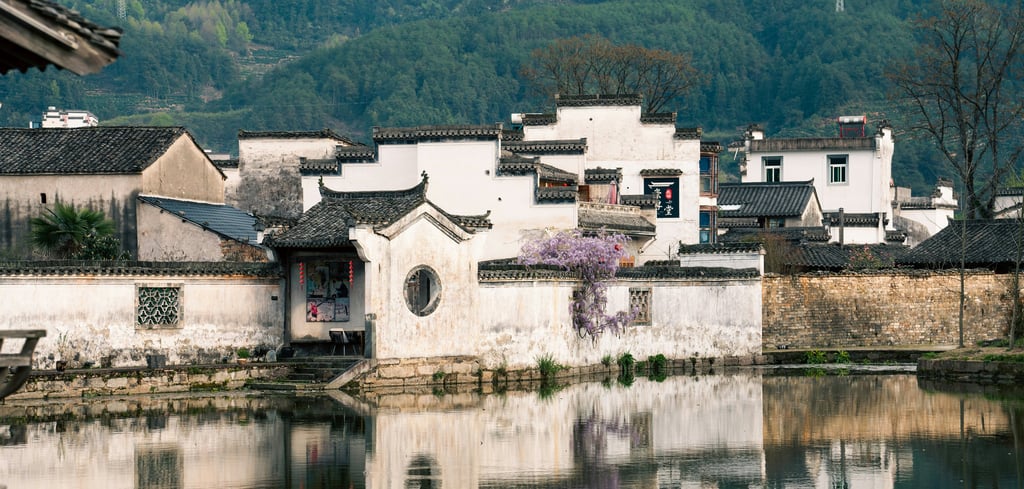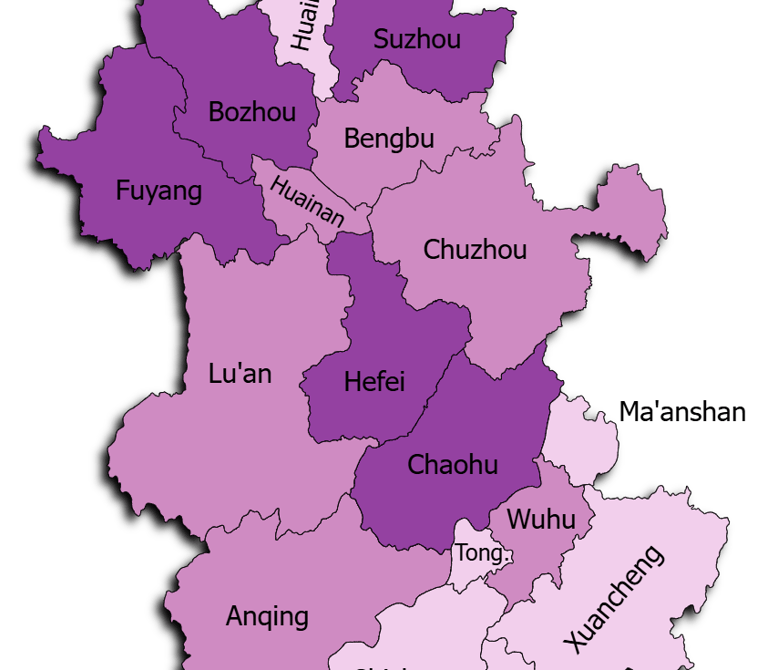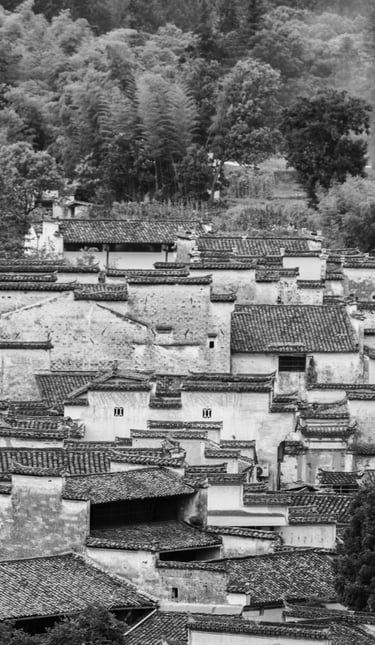Cities in Gansu


Introduction
Hefei lies near the center of Anhui, between the Yangtze River and the Huai River. It has a population of about 9 million. The city is close to Chaohu Lake and the northeastern edge of the Dabie Mountains, combining flat plains with gentle hills. As the provincial capital, Hefei is the political, economic, and research hub of Anhui.


Lanzhou is located in the center of Gansu, along the Yellow River, surrounded by hills and mountains. It has a population of about 4 million. As the provincial capital, Lanzhou is the political, cultural, and transport hub of Gansu.
Lanzhou is known for its strategic importance on the Silk Road, its role in industry and academia, and its universities such as Lanzhou University.
The city is also a center for chemical and petrochemical industries, benefiting from its river access and historical trade routes. Its long history includes being a frontier garrison and trade gateway.
📍 Main places to visit include Baita Mountain Park, Gansu Provincial Museum, White Pagoda Hill, Zhongshan Bridge, Waterwheel Garden, and Five Spring Hill Park.
Lanzhou (兰州)
Tianshui (天水)
Tianshui sits in the southeast of Gansu, in a region of rolling hills and river valleys. It has a population of about 3 million. The city is one of the oldest in Gansu and retains a strong sense of history.
Tianshui is known for its historic significance, including ancient dynastic sites and grottoes. It is home to the Maijishan Grottoes, a major Buddhist cave complex carved into red sandstone cliffs.
The city also has a reputation for folk culture and traditional handicrafts. Tianshui provides a deep link to Gansu’s cultural and spiritual heritage.
📍 Main places to visit include Maijishan Grottoes, Fufeng Cave Temples, Tianshui Confucian Temple, Fenghuang Mountain, and Mizhi Ancient City.




Zhangye lies in western Gansu, in the Hexi Corridor, with vast desert landscapes and oasis zones. It has a population of about 1 million. Zhangye’s geography reflects its role as a historical Silk Road stopover.
Zhangye is famous for its colorful Danxia landforms, especially the Zhangye Danxia National Geological Park, with striking, layered hills.
The city also played a major role in ancient trade, and local agriculture thrives in its oases. Its remote location makes it a destination for nature lovers and adventure travelers.
📍 Main places to visit include Zhangye Danxia Geological Park, Giant Buddha Temple, Sunan Great Wall, Shandan Ancient City, and Ganzhou Ancient City.
Zhangye (张掖)
Wuwei (武威)
Wuwei is in northern Gansu, in a wide plain that once formed part of the Silk Road routes. It has a population of about 1 million. The city is relatively flat but historically very strategic.
Wuwei is known for its Silk Road heritage, including tombs, ancient Buddhist sites, and strong agricultural tradition. It is also slowly modernizing with light industry. Its history as a trading center gives it a distinct character among Gansu’s cities.
📍 Main places to visit include Wuwei Grottoes, Xiguan Mosque, Jinta Ancient City, Leader City Museum, and Haizi Mountain Park.
Jiayuguan (嘉峪关)
Jiayuguan is located at the western edge of Gansu, where the Great Wall reaches its western terminus. It has a population of less than 1 million (about 0.3 million in the city proper). The terrain is arid, with desert around and rugged hills.
Jiayuguan is known for the Jiayu Pass, the most intact pass of the Great Wall, which has huge historical and military importance. It was a major Silk Road fortress.
The city is also industrial, with steel works and mining. Its place on the frontier makes it symbolically powerful in Gansu’s heritage.
📍 Main places to visit include Jiayu Pass, Great Wall Museum, July 1 Glacier, Jiayuguan South Station Monument.




Longnan (陇南)
Longnan lies in the southeast of Gansu, bordering Sichuan and Shaanxi, with mountains and forested terrain. It has a population of about 2 million. The city feels remote but lush, thanks to its geography.
Longnan is known for its natural environment, rich in forest, river valleys, and biodiversity. It is also culturally significant for Hakka communities and minority ethnic groups living in its hills. The city is developing ecotourism and small-scale agriculture, combining tradition and natural beauty.
📍 Main places to visit include Chicken Peak Mountain Forest Park, Wudu Ancient Town, Longnan Museum, and Bailong River Scenic Area.
Dingxi (定西)
Dingxi is located in central Gansu, in a mountainous and hilly region interspersed with river valleys. It has a population of about 2 million. The terrain gives it a rural and agricultural feel.
Dingxi is known for agriculture, especially potatoes and traditional farming, and for its poverty alleviation story: the region has been a focus of development efforts. It also has cultural sites linked to local rural life and traditional Chinese frontier culture.
📍 Main places to visit include Ganting Reservoir Scenic Area, Linxia Ancient Path, Zhongdu Ancient Town, and Taibai Mountain Scenic Spot.




Navigation
Main Menu
nathan.china-sphere.com
© 2025. All rights reserved.